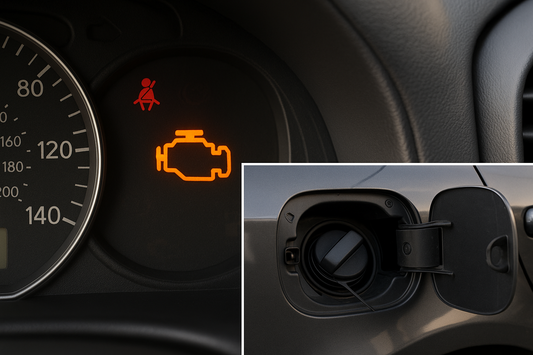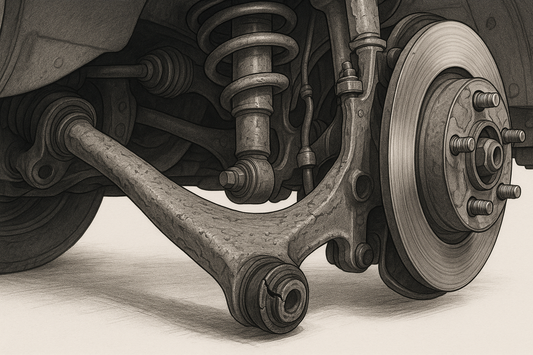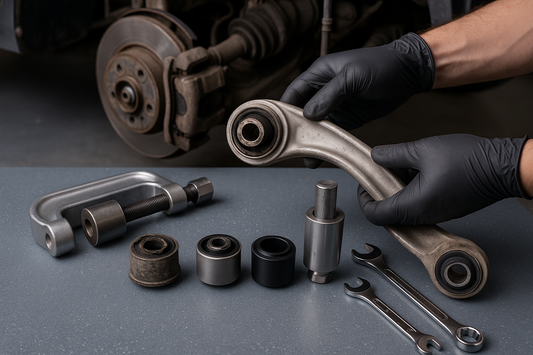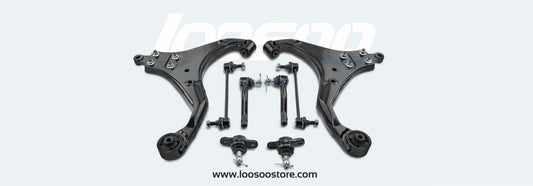Un entretien régulier du système de freinage de votre véhicule, notamment le remplacement régulier des plaquettes, est essentiel pour garantir une sécurité et des performances optimales sur la route. Dans ce guide complet, nous explorons les signes et symptômes indiquant la nécessité de remplacer les plaquettes de frein, ainsi que des conseils d'entretien essentiels pour vous aider à déterminer le moment opportun.
Reconnaître les signes d'usure des plaquettes de frein
Bruit de grincement ou de grincement
L'un des indicateurs les plus courants de plaquettes de frein usées est un grincement aigu lors du freinage. Ce bruit est souvent causé par des indicateurs d'usure, de petites languettes métalliques intégrées aux plaquettes de frein qui émettent une alerte sonore lorsque les plaquettes ont atteint une épaisseur minimale.
Performances de freinage réduites
Si vous constatez une diminution de la réactivité du freinage ou une augmentation des distances d'arrêt, cela peut indiquer que vos plaquettes de frein sont usées et doivent être remplacées. Cela peut se manifester par une sensation de pédale spongieuse ou par la nécessité d'appliquer plus de pression pour obtenir la même force de freinage.
Inspection visuelle
L'inspection de l'épaisseur des plaquettes de frein à travers les rayons de la roue ou en démontant la roue pour un examen plus approfondi permet d'évaluer directement l'épaisseur restante. Des plaquettes de frein amincies ou du métal visible peuvent indiquer la nécessité d'un remplacement.

Comprendre les intervalles de maintenance
Recommandations du fabricant
Consultez le manuel du propriétaire de votre véhicule ou les recommandations du constructeur pour connaître les intervalles de remplacement des plaquettes de frein recommandés. Bien que les recommandations générales recommandent de remplacer les plaquettes de frein tous les 80 000 km, les habitudes de conduite et les conditions individuelles peuvent justifier un remplacement plus précoce.
Conditions de conduite
Les arrêts fréquents, le remorquage de charges lourdes ou la conduite en terrain montagneux peuvent accélérer l'usure des plaquettes de frein. Adapter votre programme d'entretien en fonction de ces conditions de conduite peut contribuer à prévenir une détérioration prématurée des plaquettes de frein.
Inspection et service professionnels
Entretien de routine
L'intégration des inspections des plaquettes de frein dans le programme d'entretien de routine de votre véhicule peut aider à identifier l'usure et à résoudre les problèmes potentiels avant qu'ils ne compromettent les performances de freinage.
Consultation de technicien certifié
Faire appel à l’expertise d’un technicien certifié pour les inspections et les remplacements de plaquettes de frein garantit une évaluation approfondie, une installation appropriée et le respect des spécifications du fabricant.
Reconnaître les signes d'usure des plaquettes de frein, comprendre les intervalles d'entretien et privilégier les inspections professionnelles sont essentiels pour déterminer quand changer vos plaquettes de frein. En étant attentif aux symptômes, en respectant les calendriers d'entretien et en faisant appel à un professionnel si nécessaire, vous préserverez la sécurité et les performances du système de freinage de votre véhicule. Pour des conseils d'entretien personnalisés et un remplacement de plaquettes de frein par des experts, consultez des techniciens automobiles certifiés et des prestataires de services réputés pour garantir un entretien fiable et efficace des plaquettes de frein de votre véhicule.










